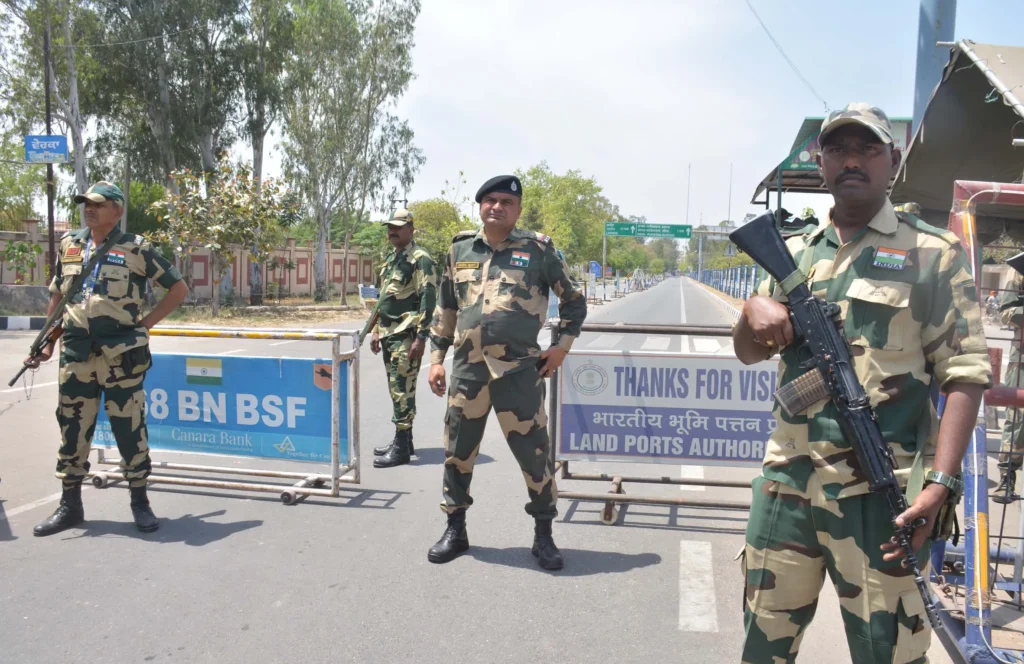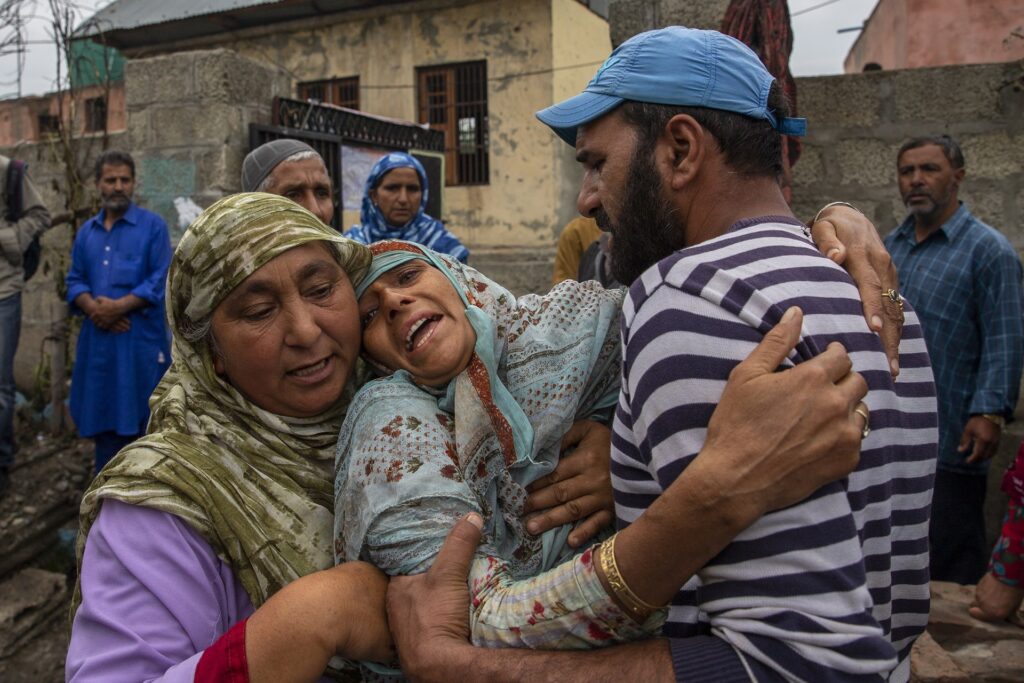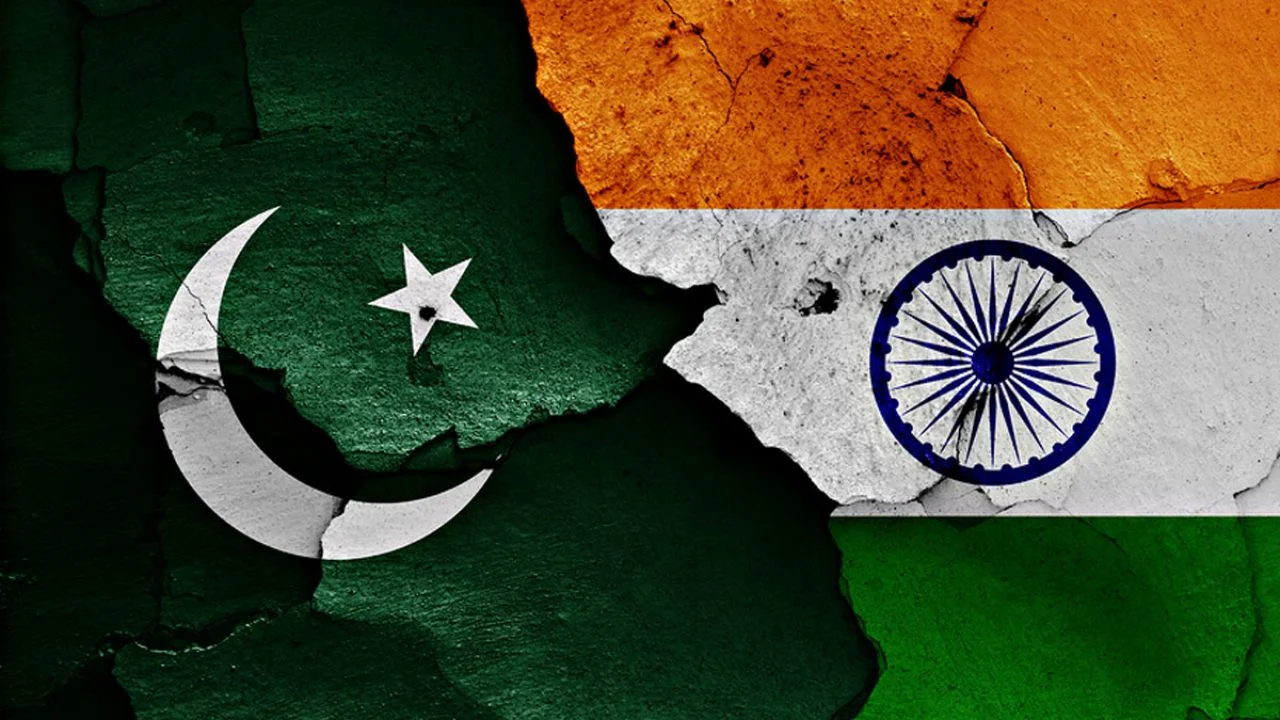India and Pakistan—two historic rivals sharing a heavily militarized border—have once again reached a dangerous flashpoint. The year 2025 has already witnessed the most severe military skirmishes in decades, with airstrikes, drone attacks, and mounting rhetoric on both sides. While both nations claim victories and prepare for possible further engagement, the world watches with concern.
Historical Context: Decades of Hostility
India and Pakistan have fought three full-scale wars (1947, 1965, and 1971) and engaged in countless border skirmishes, particularly over Kashmir, a region claimed by both but divided by a Line of Control (LoC).

The Kargil War in 1999 was the last major conflict fought in high-altitude Himalayan terrain. Since then, tensions have remained high, often flaring after terrorist attacks in India or ceasefire violations along the LoC.
The 2025 Escalation: What Triggered the Crisis?
In April 2025, 26 Indian civilians were killed in Kashmir in an attack blamed on Pakistan-based terror outfits. In retaliation, India launched precision airstrikes targeting alleged terrorist training camps deep in Pakistan’s Punjab province.

Pakistan responded by claiming to have downed multiple Indian drones and fighter jets, escalating fears of a broader war. While both governments have declared strategic successes, neither has signaled a clear intention to de-escalate.
Conventional Military Strength: India vs Pakistan
Manpower & Size
| Category | India | Pakistan |
|---|---|---|
| Active Personnel | ~1.45 million | ~654,000 |
| Reserve Personnel | ~1.2 million | ~550,000 |
Air Force
- India: Over 2,000 aircraft, including Rafale, Su-30MKI, Mirage-2000
- Pakistan: ~1,300 aircraft, including F-16s, JF-17 Thunder, Mirage-III
India’s edge: Better air dominance with newer, multirole aircraft and larger fleet.
Army
- India: ~4,500 tanks, advanced artillery systems, BrahMos cruise missiles
- Pakistan: ~2,500 tanks, fewer heavy artillery systems
India’s edge: Superior firepower, indigenous defense production
Navy
- India: Aircraft carrier (INS Vikrant), nuclear-powered submarines
- Pakistan: Smaller coastal defense navy with diesel-electric submarines
India’s edge: Dominance in the Indian Ocean
Nuclear Capabilities: The Most Dangerous Factor
| Country | Estimated Nuclear Warheads | Delivery Systems |
|---|---|---|
| India | ~160 | Agni series (up to 5,000 km), SLBMs |
| Pakistan | ~170 | Shaheen, Ghauri series, Nasr (tactical) |
Both countries have second-strike capabilities, making any nuclear exchange mutually assured destruction (MAD). Pakistan has not committed to a “No First Use” doctrine, while India has.
Bottom line: A nuclear war would have no winner—only devastating consequences for both.
Economic Strength and War Sustainability
| Metric | India | Pakistan |
|---|---|---|
| GDP (2024 est.) | $3.73 trillion | $340 billion |
| Defense Budget (2024) | ~$75 billion | ~$10 billion |
| Foreign Reserves | ~$580 billion | ~$8 billion |
India’s economic size gives it the capacity to sustain prolonged conflict, fund operations, and replenish supplies. Pakistan, facing high inflation and external debt, would struggle to maintain a long war.
Diplomatic Influence & Global Support
- India has growing strategic partnerships with the U.S., France, Russia, Israel, and Gulf nations.
- Pakistan maintains strong ties with China, Turkey, Saudi Arabia, and Qatar.
In recent years, India has successfully projected itself as a rising global power. During the 2025 crisis, India reportedly reached out to the U.S., Russia, and Middle Eastern allies to pressure Pakistan diplomatically.
Public Sentiment and Political Pressure
Both nations have seen a rise in nationalism, particularly under India’s BJP-led government. Leaders are under pressure not to appear weak. However, escalating to full-blown war may not align with broader national interests—both are nuclear powers with too much at stake economically and globally.
Expert Opinions: What the Analysts Say
- Michael Kugelman, a South Asia expert at the Wilson Center, warns that a miscalculation could lead to “unthinkable consequences.”
- Tanvi Madan, Brookings Institution, believes both sides are “rational actors” but remain trapped in a dangerous cycle of provocation and reaction.
- Milan Vaishnav, Carnegie Endowment, notes that India may win a conventional war, but even a small nuclear exchange would be catastrophic.
Conclusion: Who Would Win?
In a conventional war, India is likely to have the upper hand due to its military size, advanced equipment, and superior economic backing. However, any conflict between nuclear states is inherently unpredictable and devastating.
In a nuclear scenario, there are no winners. Both nations would suffer irreversible damage, and millions of lives could be lost within hours.
Final Word
War between India and Pakistan in 2025 would be devastating for both countries—and for regional and global stability. The focus must remain on diplomacy, de-escalation, and dialogue. Peace, not power, should define the future of South Asia.




